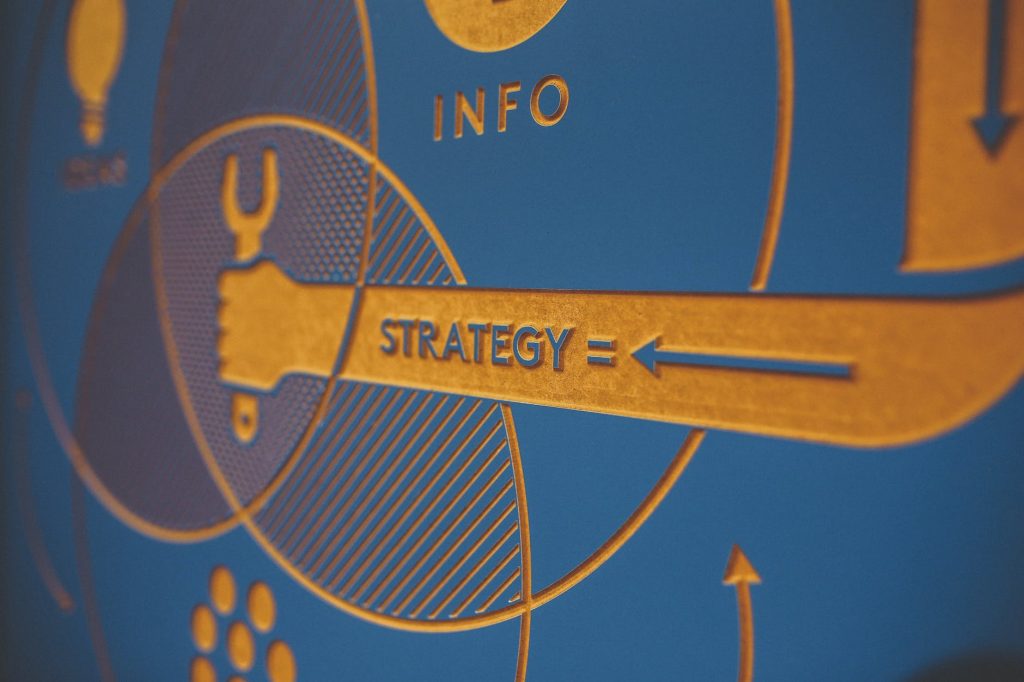Eyes are one of the most expressive parts of the face. They carry emotion, memory, and identity. Lately, more people are exploring creative ways to shift their look through colour contact lenses, adding subtle or striking changes to how they’re seen. Some go even further, using red eye contacts to make a bold impression or complete a themed look.
Changing your eye colour isn’t just about style—it’s a quiet decision that can shape how you feel. Unlike a haircut or new clothes, it’s temporary and personal. You can shift the tone of your appearance without making a permanent change, which gives it a special kind of freedom.
Wearing a new eye colour can feel like stepping into another version of yourself. Maybe it’s a softer tone to match a calm mood or a deeper shade that sharpens your look. This change might be small to others, but to the person wearing it, it often feels like a reset.

There’s also something grounding about having that control. Choosing how you present your eyes can help you feel more in tune with your mood or identity on any given day. It can lift your confidence without needing to say anything at all.
Some people wear them to mark a special event or dress up for a photo shoot. Others just like the way it makes them feel on an ordinary day. That’s the beauty of it—it doesn’t need a reason. It’s a form of expression that exists on your terms.
Just like how you pick an outfit based on how you feel, your eye colour can reflect your mood. A soft grey might bring a calm tone to your look. A golden shade might warm it up. These decisions can quietly shift how people respond to you—or how you respond to yourself.
We notice people’s eyes more than we realise. A slight colour change often sparks curiosity. It might not be obvious what’s different, but the energy feels new. It draws attention in a way that’s both subtle and captivating.
This is part of why artists and performers have long used colour in the eyes. But it’s not just for the stage or screen. Every day, people are now using this same idea to explore parts of themselves. It’s not about becoming someone else—it’s about bringing more of yourself forward.
Something is refreshing about being able to shift how you look without pressure. It gives you room to explore without needing to commit. You can change your eye colour on a weekday, then return to your natural shade the next. That kind of flexibility can feel freeing.
In many ways, it mirrors how we move through life. We aren’t just one version of ourselves. We evolve. We try new things. We let go of old habits. And something as simple as changing your eyes can become part of that process.
The experience itself can feel like a small ritual—taking a moment to check in with how you feel and choosing to reflect that outwardly. That’s part of what makes it special. It’s not loud or showy. It’s quiet, thoughtful, and often just for you.
The eyes hold a lot of power. They connect us to ourselves. When you shift their colour, it can feel like adjusting the mood of a conversation without speaking. It’s a soft signal. A gentle transformation. Something that says, “This is how I feel today.”
More than anything, it’s about choice. The ability to shift, to experiment, to express something different without changing who you are. In a fast world filled with noise, these small personal changes can bring clarity and a stronger sense of self.
And that sense of self can ripple into the rest of your day. When you feel aligned with how you look, even in something as small as your eye colour, it sets a tone. You may stand a little taller. You might speak with more ease. It’s not about impressing others—it’s about feeling right within yourself. That internal shift, no matter how minor it seems, can make all the difference. It reminds you that you’re allowed to explore, to play, and to reclaim how you show up in the world—starting with your eyes.
That’s the quiet beauty of personal expression. It doesn’t need validation. It doesn’t demand explanation. Something as small as changing your eye colour can feel like a private signal to yourself that you’re ready for something new—or simply embracing who you are today. There’s strength in that. A small shift on the outside often reflects something deeper taking place within.
And as we grow more comfortable with the idea of self-expression in all its forms, we make room for new conversations about identity, self-awareness, and self-acceptance. Eye colour becomes one more layer in how we choose to tell our story—softly, honestly, and on our own terms.
















 a large crypto wallet
a large crypto wallet Print is still a highly effective channel of communication for businesses
Print is still a highly effective channel of communication for businesses who wish to communicate with their prospects and clients, particularly when coupled with digital. According to Adam Dost, VP of Strategy and Marketing in Printek, an integrated strategy will radically expand your capabilities to convey messages to audiences. Integrating print and technology enhances targeting, enhances personalization, and increases conversions. Together, digital and print advertising permit you to reach your customers personally and with a relevant message across each channel. The options are endless.
who wish to communicate with their prospects and clients, particularly when coupled with digital. According to Adam Dost, VP of Strategy and Marketing in Printek, an integrated strategy will radically expand your capabilities to convey messages to audiences. Integrating print and technology enhances targeting, enhances personalization, and increases conversions. Together, digital and print advertising permit you to reach your customers personally and with a relevant message across each channel. The options are endless.
 blogs and posts, which are posted on your site, social media and relevant community blog websites. The search engine optimization professional will research the best keywords for your content author to use. In case you have an existing web developer, SEO will have the keywords incorporated in descriptors; meta and title tags to boost the visibility of your site.
blogs and posts, which are posted on your site, social media and relevant community blog websites. The search engine optimization professional will research the best keywords for your content author to use. In case you have an existing web developer, SEO will have the keywords incorporated in descriptors; meta and title tags to boost the visibility of your site. their companies. You need to attend important events — and might need to attend more than one to meet the ideal mentor, to network or to gain support for your business. If you discover someone you get on with and respect, never hesitate to ask them questions about who they are, and how you both may be able to help each other out within the networking field. To do this right, you have to know what networking really is: media is a connection. You can’t consider it in any conventional sense, you cannot box networking; you cannot explain it away using jargon. Networking with, and mentoring as small business advisors in its broadest sense is extremely easy, effective, and is about helping and supporting people.
their companies. You need to attend important events — and might need to attend more than one to meet the ideal mentor, to network or to gain support for your business. If you discover someone you get on with and respect, never hesitate to ask them questions about who they are, and how you both may be able to help each other out within the networking field. To do this right, you have to know what networking really is: media is a connection. You can’t consider it in any conventional sense, you cannot box networking; you cannot explain it away using jargon. Networking with, and mentoring as small business advisors in its broadest sense is extremely easy, effective, and is about helping and supporting people.
 When workers respect and trust their employer, they’re happier, participating more and work harder. When they don’t – which is much too common – they could be seeking to jump ship. So where does this leave management?
When workers respect and trust their employer, they’re happier, participating more and work harder. When they don’t – which is much too common – they could be seeking to jump ship. So where does this leave management?
 A while back, I came across a really motivating article about what can motivate people more. I have sat through a number of business courses for managers and business owners and found that the ones that motivated me the most were the ones that were a little different and sometimes even humorous.
A while back, I came across a really motivating article about what can motivate people more. I have sat through a number of business courses for managers and business owners and found that the ones that motivated me the most were the ones that were a little different and sometimes even humorous. Insurers of fine art hear lots of reasons and excuses in their kind of work. Practically as many as third-grade instructors.
Insurers of fine art hear lots of reasons and excuses in their kind of work. Practically as many as third-grade instructors.